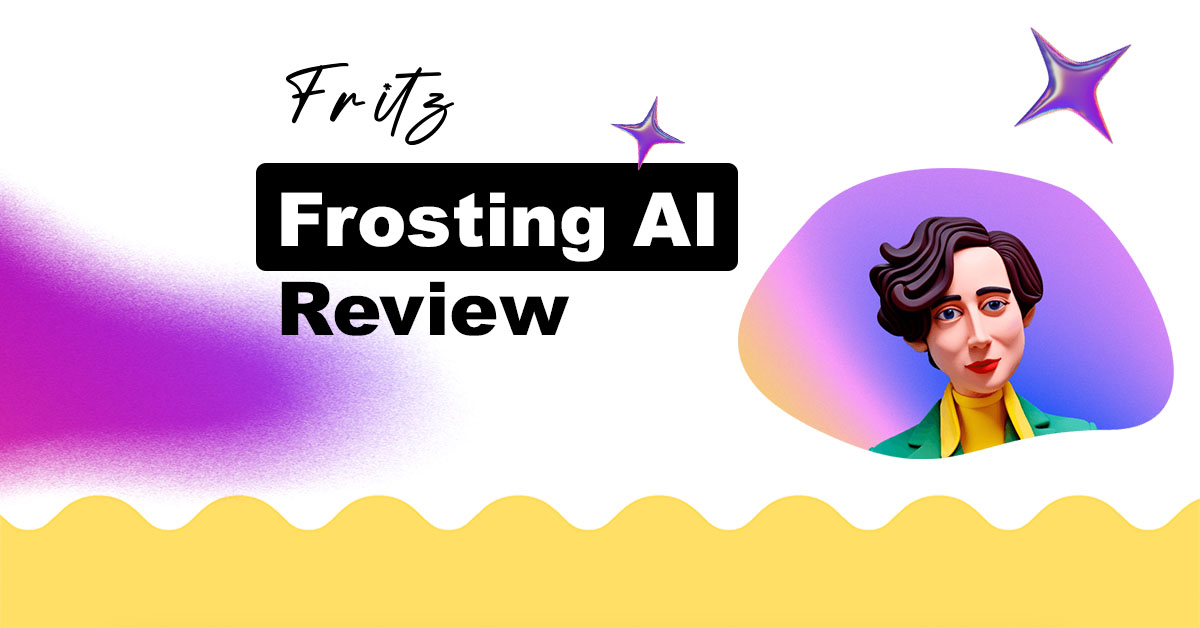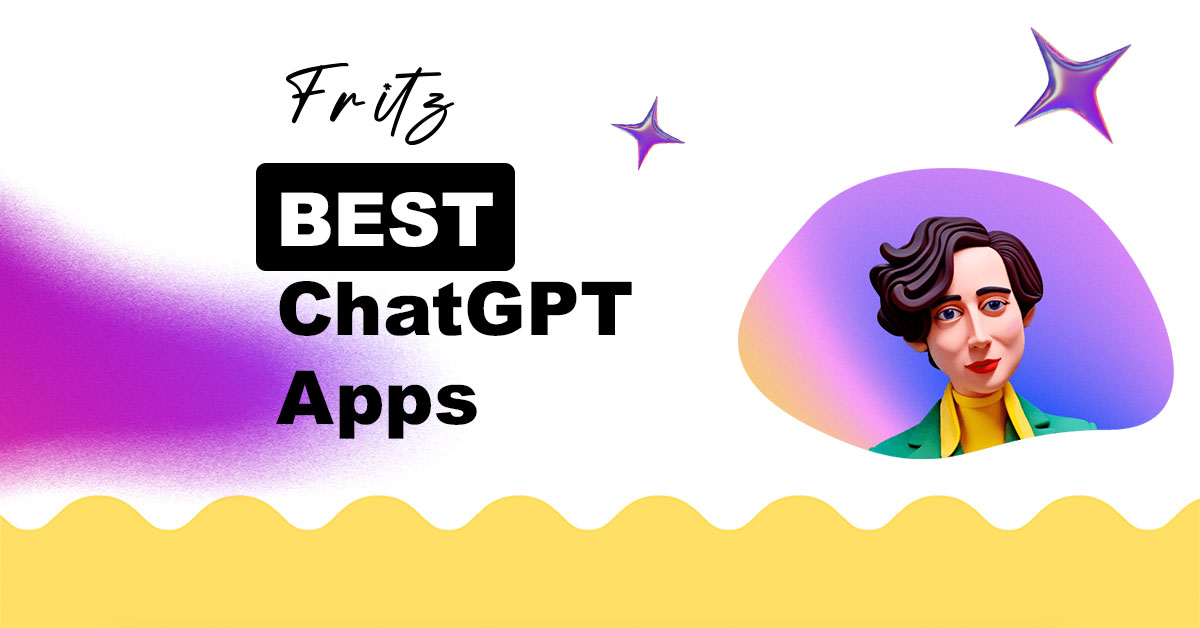You’ve asked, can you use ChatGPT offline? With all the hype around AI tools like ChatGPT, being able to use it offline seems like a total game changer right? I mean, having an AI at your disposal without needing to be connected to the internet would be a productivity power tool for many. Well, it’s not that simple.
In this post I’ll explain if you can use ChatGPT offline, why it’s not as easy as we’d like, and some alternatives for you if you want an AI assistant without needing to be connected to the internet.









